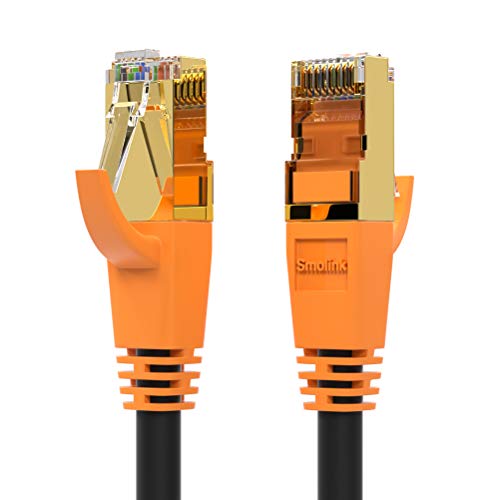Internal Solid State Drives
“Internal Solid State Drives (SSDs) are high-performance storage devices that are installed inside a computer system. These rectangular-shaped drives contain flash memory chips and advanced circuitry, making them faster, more reliable, and more power-efficient compared to traditional hard disk drives (HDDs).
Internal SSDs provide a significant performance boost to a computer system. They offer faster read and write speeds, resulting in improved boot times, faster application loading, and snappier overall system responsiveness. With no moving parts, SSDs have lower latency and access times, allowing for near-instantaneous data retrieval.
These drives use various interfaces, such as SATA (Serial ATA) or NVMe (Non-Volatile Memory Express), to connect to the motherboard. SATA-based SSDs offer compatibility with older systems, while NVMe SSDs leverage the faster PCIe interface for even higher performance.
Installation of internal SSDs involves securely mounting them inside drive bays within the computer tower or chassis. This is typically done using screws or mounting brackets. The number of available drive bays depends on the specific computer tower model.
Internal SSDs come in different storage capacities, ranging from a few hundred gigabytes (GB) to several terabytes (TB), providing ample space for operating systems, applications, and user files. They are available in standard form factors such as 2.5-inch for laptops and 3.5-inch for desktops, as well as M.2 form factor, which is more compact and designed for thinner devices.
Due to their fast performance and reliability, internal SSDs are favored by users who demand speedy access to their data and want to enhance the overall performance of their systems. They are particularly beneficial for tasks that involve frequent file transfers, large data processing, and demanding applications such as video editing, gaming, and software development.
In summary, internal Solid State Drives (SSDs) provide a significant performance boost to computer systems. With their faster read and write speeds, reliability, and lower power consumption, they offer improved overall system responsiveness and efficiency. These drives are essential components for users who prioritize speed, efficiency, and data reliability in their computing experience.”
Showing 1–12 of 129 results














